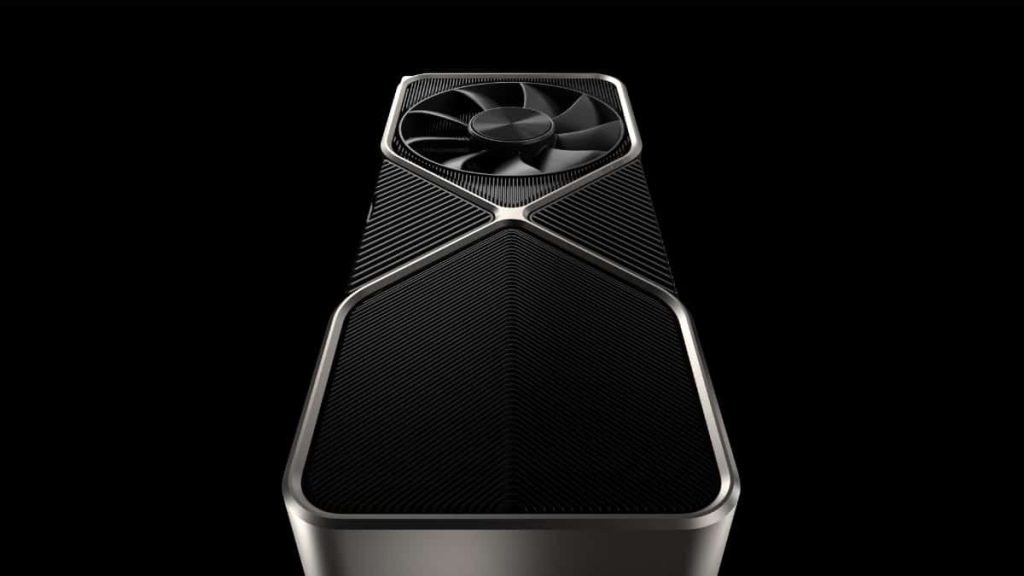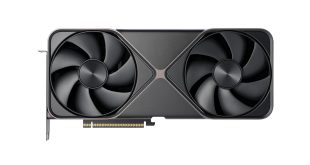In recent months, there have been plenty of rumours floating around Nvidia and its next-generation graphics cards. The next major architecture is said to be called Blackwell, and the first GPUs based on it are said to be arriving later this year. According to one source who has revealed accurate information in the past, Blackwell GPUs will have some similarities in configuration to the current-generation Ada architecture.
Twitter leaker, kopite7kimi, has claimed that most GB20x (Blackwell) GPUs will feature the same GPU configuration as the current Ada GPUs. The leak focuses on GPC (Graphics Processing Clusters) without mentioning SMs (Streaming Multiprocessors) or CUDA Cores. If Nvidia changes the GPC or SM configurations, the number of CUDA cores may change.

If this information is correct and assuming the GPC configuration remains the same, the GB203 should have 84 SMs. Similarly, the GB205 GPU, the successor to the AD104, should have 60 SMs, whereas the GB206 may have 36. The only GPU without a comparable GPC count is the GB207.
While the source claims to have details on these GPUs now, they also say that GB202 and GB203 will be the first to launch for x80 and x90-class graphics cards, with the rest arriving later. If Nvidia sticks to its usual two-year cadence, then we should see the RTX 5090 later this year, but we may be waiting a few extra months to see more affordable options hit the market.
Discuss on our Facebook page, HERE.
KitGuru says: Seeing that both Blackwell and Ada GPUs might have the same amount of GPCs, do you think there will be changes to which GPUs are used for each RTX 50 model?
 KitGuru KitGuru.net – Tech News | Hardware News | Hardware Reviews | IOS | Mobile | Gaming | Graphics Cards
KitGuru KitGuru.net – Tech News | Hardware News | Hardware Reviews | IOS | Mobile | Gaming | Graphics Cards

